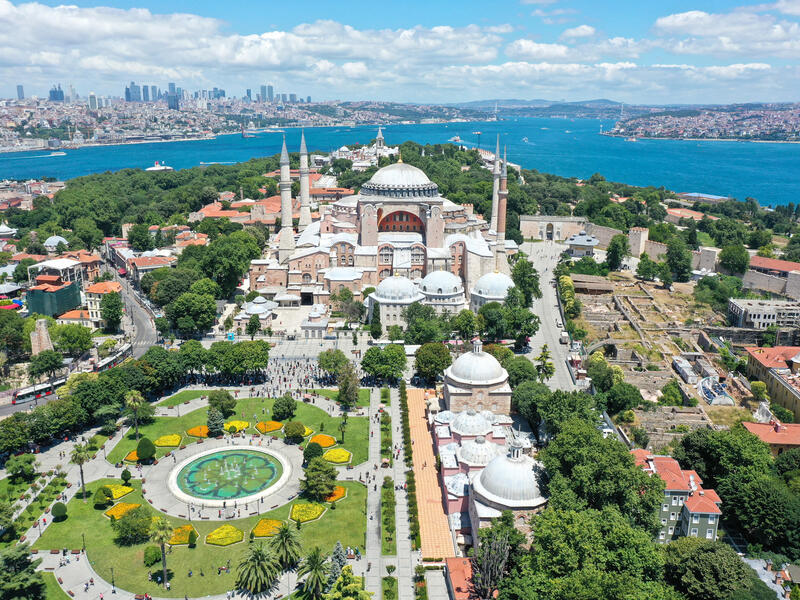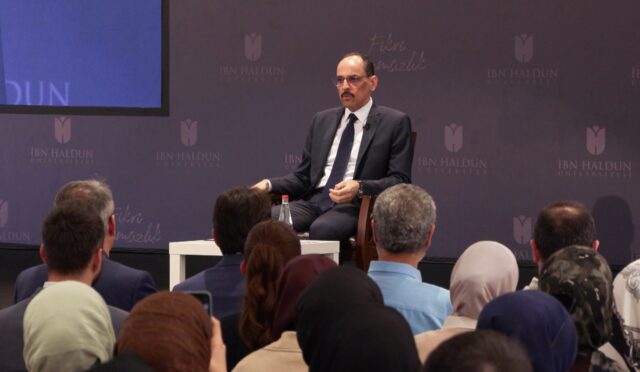July 2025 marks the fifth anniversary of Hagia Sophia’s restoration as a functioning mosque, following a presidential decree in July 2020 that reversed an 86-year-old decision which had turned the historic site into a museum.
Hagia Sophia, originally constructed as a church in 537 AD, served for nearly 916 years as a central place of worship for Eastern Orthodox Christianity. Following the conquest of Constantinople on May 29, 1453, by Sultan Mehmed II—who thereafter became known as “Fatih” (the Conqueror)—the structure was converted into a mosque. Sultan Mehmed II led the first Friday prayer in Hagia Sophia on June 1, 1453, symbolizing the beginning of its role as a central mosque in the heart of the Ottoman Empire.
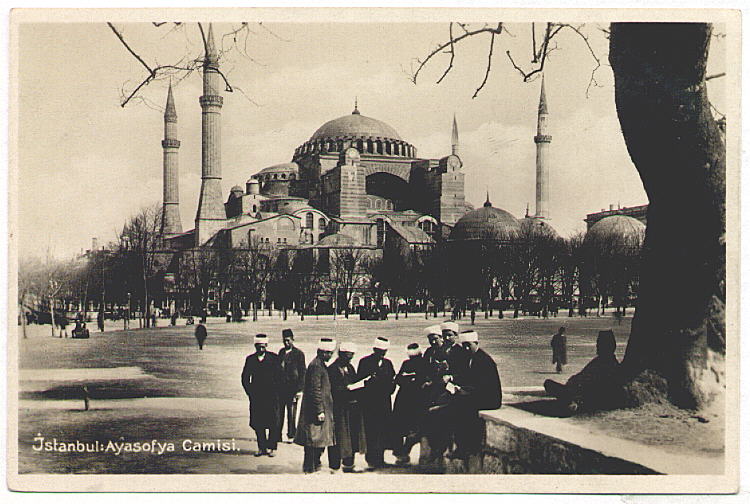
The status of Hagia Sophia changed once again in the early years of the Republic of Turkey. On November 24, 1934, a Cabinet decree transformed the mosque into a museum, a move that reflected the secular vision of the new state and stood for decades as a symbol of Turkey’s modern identity.
In 2016, the Association for the Service of Historical Foundations and the Environment filed a case with the Council of State, requesting the annulment of the 1934 Cabinet decree. After four years of legal deliberation, the Council of State’s 10th Chamber unanimously ruled on July 10, 2020, that the original endowment deed designated Hagia Sophia as a mosque, thereby invalidating the 1934 decision.
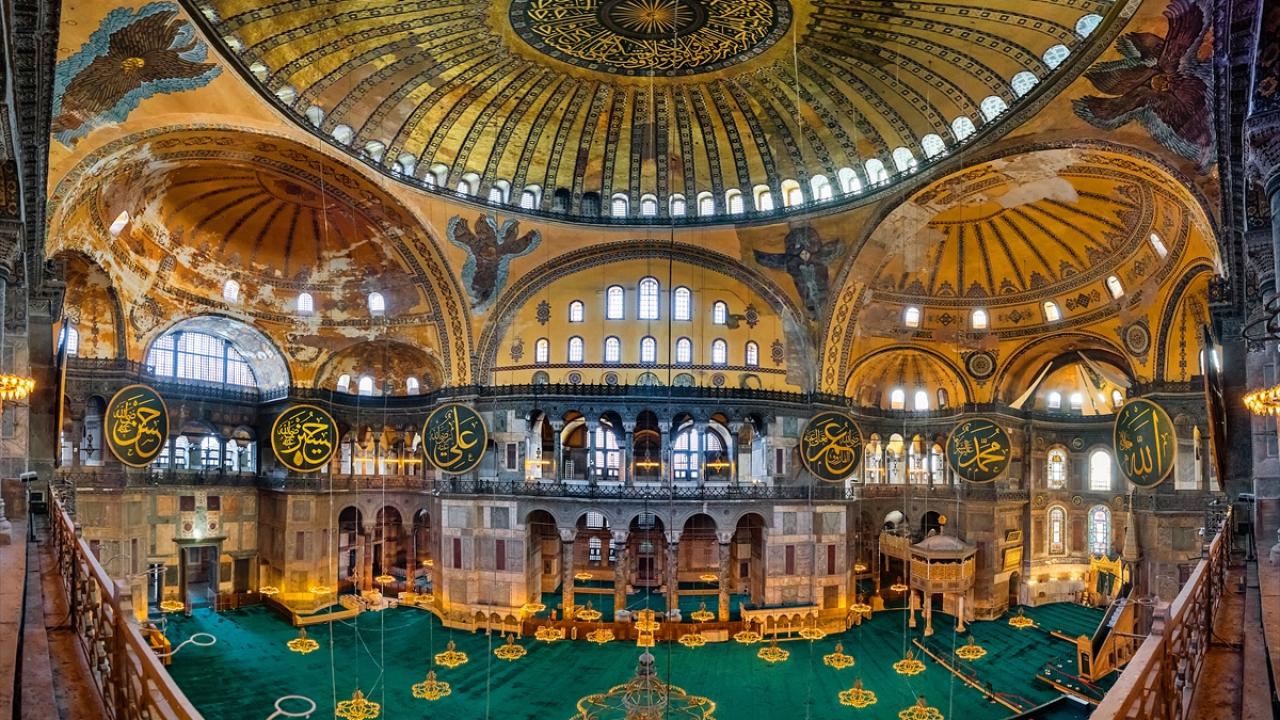
The court’s ruling was met with widespread public celebrations, particularly in Istanbul’s Hagia Sophia Square, where citizens gathered to witness the historic moment. On the same day, President Recep Tayyip Erdoğan signed a Presidential Decree officially transferring control of the building to the Directorate of Religious Affairs (Diyanet) and reinstating its function as a mosque.
The decision was read aloud in the Turkish Grand National Assembly by Deputy Speaker Celal Adan, and was greeted with a standing ovation from lawmakers. That evening, the decree was published in the Official Gazette.
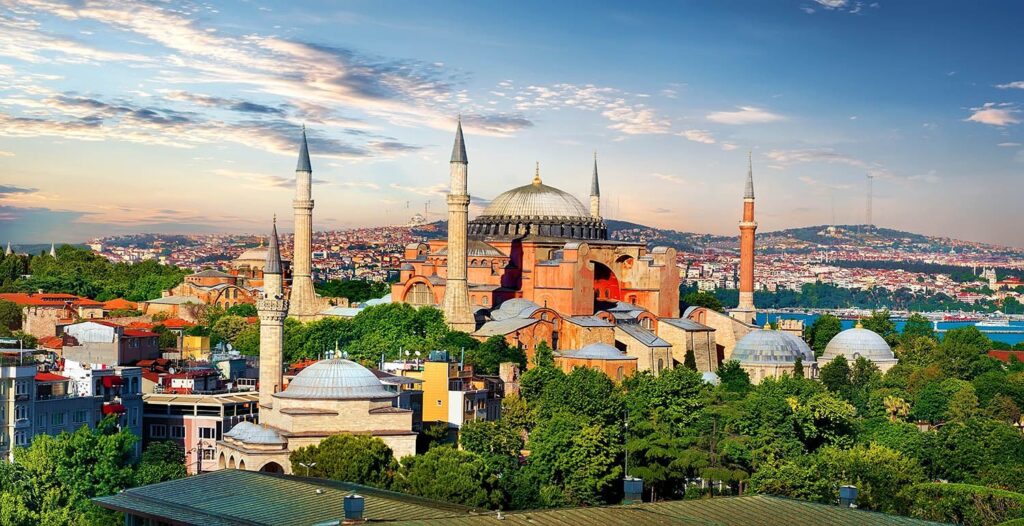
Hagia Sophia was officially reopened for worship on Friday, July 24, 2020, with a historic congregational prayer attended by President Erdoğan and thousands of citizens and dignitaries. The building has since been known by its restored name, Ayasofya-i Kebir Cami-i Şerifi.
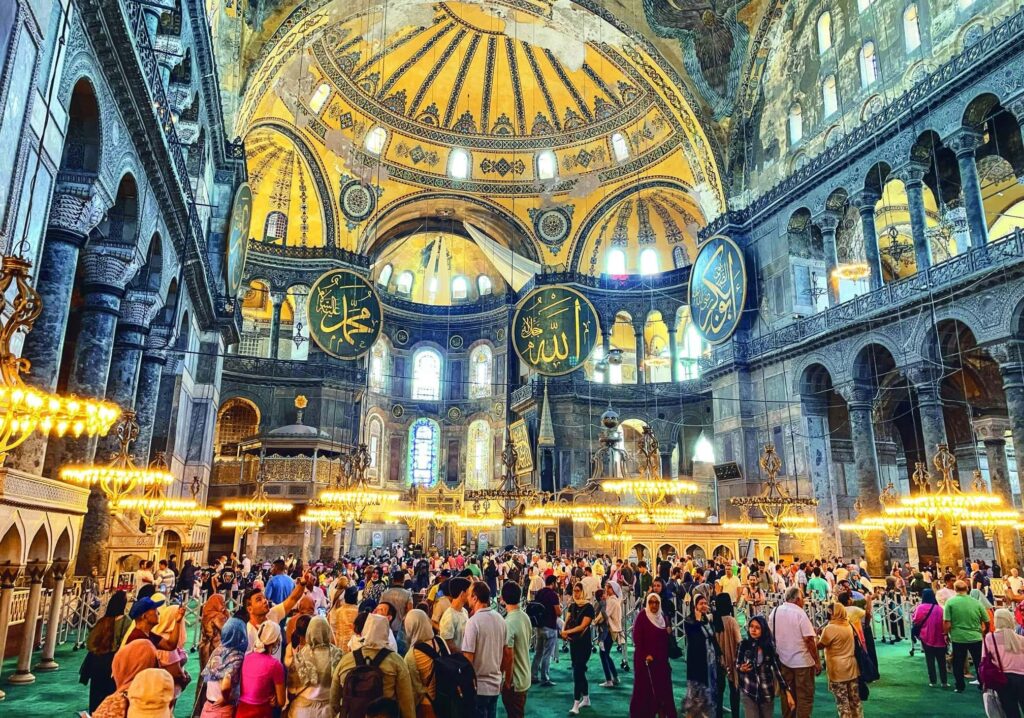
Now, five years later, the site continues to function both as a place of Islamic worship and as a globally significant cultural and historical landmark, drawing millions of visitors each year from around the world.
